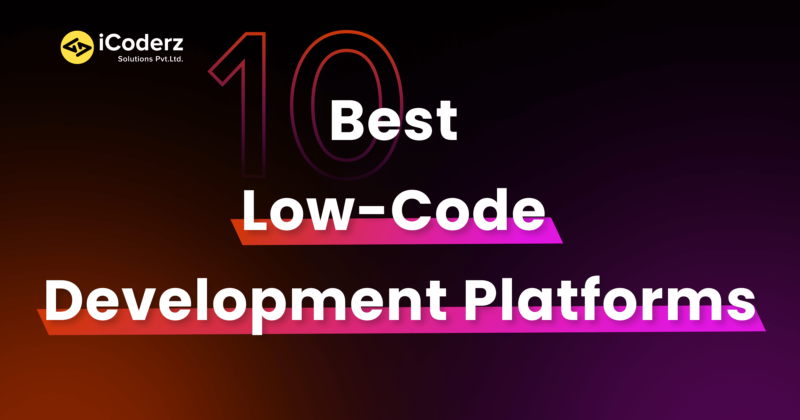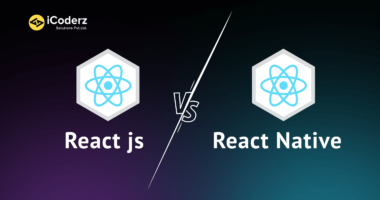Table of Contents
Top Low-code development platforms can help you in developing applications quickly and economically. They propel digital transformation by enabling organizations to take advantage of the latest technologies and deliver better customer experiences. Find out which low-code development platforms are worth considering in 2024!
The low-code development platforms market is growing at a rapid pace as organizations strive to deliver better customer experiences and accelerate digital transformation. Low-code Mobile App Development platforms enable organizations to take advantage of the latest technologies quickly and economically.
In this article, we will present the 10 best low-code development platforms that are worth considering in 2024. We evaluated the platforms based on their features, ease of use, flexibility, scalability, and pricing.
What Is Low-Code Development?
Low-code development platforms provide a drag-and-drop interface for creating applications without needing to write code. This can make app development more accessible to non-programmers, or allow programmers to create apps more quickly. There are many low-code platforms available, each with different features. To choose the best platform for your needs, consider what type of apps you want to create and what features are most important to you.
As the name suggests, low-code development platforms allow developers to create applications with less code than traditional development environments. This can lead to faster development times and shorter learning curves for new developers.
There are a number of different low-code platforms available, each with its own strengths and weaknesses. In this article, we’ll take a look at some of the best low-code development platforms and compare their features.
When to Choose Low-code Development Platforms? There are a few key things to consider:
- Ease of Use: How easy is the platform to use? Can you get started quickly without needing to learn a lot of complicated concepts?
- Development Speed: How fast can you develop applications on the platform? Are there any shortcuts or tools that help you work faster?
- Cost: Is the platform free or does it require a subscription? Are there any hidden costs associated with using the platform?
Now that we’ve covered some of the key considerations for choosing a low-code platform, let’s take a look at some of the best options currently available.
10 Best Low-Code Development Platforms
There are a number of low-code development platforms available, each with its own advantages and disadvantages. In this article, we’ll take a look at some of the best low-code development platforms currently available and see what they have to offer.
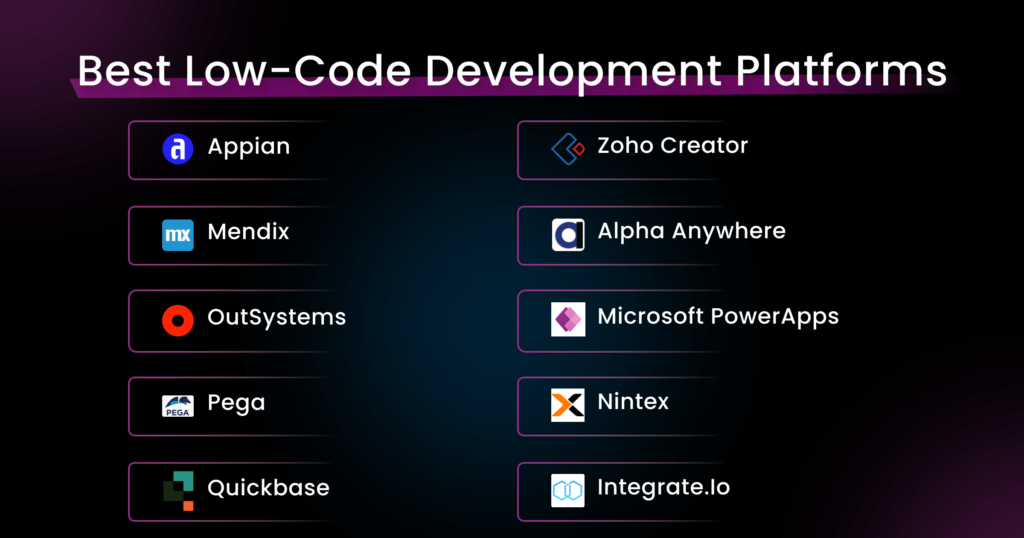
1. Appian

One of the most popular low-code development platforms is Appian. Appian provides a visual interface for building applications, as well as a number of pre-built components and templates to help you get started quickly. Appian also offers a wide range of integration options, making it easy to connect your applications to other systems.
Appian provides a revolutionary development platform that will help your organization build smarter applications to improve business, customer engagement, and workforce efficiency. By ensuring the security of your critical applications, Appian will make it easy for you to take your business to new heights.
2. Mendix

Mendix provides an intuitive drag-and-drop interface for building applications, as well as a wide range of ready-to-use components. Mendix also offers excellent scalability, making it easy to grow your application as your needs change.
Mendix is the perfect platform for building any application – from small businesses to enterprises. It’s a great option for all deployment types with private cloud, public cloud, and on-premises options available. Plus, it supports horizontal scaling, automated backups, and more with the Top Enterprise Software Development Services.
3. OutSystems
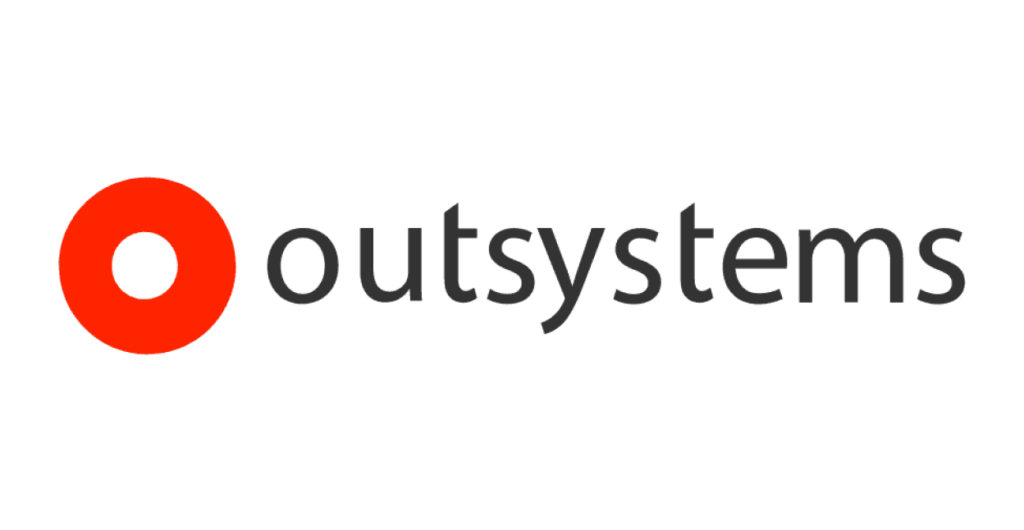
OutSystems is a low-code Android Application Development platform that enables enterprises to develop custom applications quickly and efficiently. OutSystems’ platform is based on a model-driven approach that makes it easy to develop applications without writing code.
OutSystems allows you to react quickly to your evolving business needs and deliver apps that will help you innovate. OutSystems also provides many automation services and integrated tools that will make it easy to produce secure, scalable, and resilient apps.
OutSystems has the latest cloud and mobile technologies and continuously adds new features. It features a drag-and-drop UI, data models for full-stack creation, and cross-platform apps.
OutSystems will help you to deploy and update your apps with a single click, as well as handle app dependencies. It also provides feedback for mobile apps, on-device business logic, and offline data syncs.
4. Pega

Pega’s platform is based on visual modeling. It is an easy-to-use tool that provides features to create apps without programming. You can try the product completely free for 30 days.
5. UI Bakery

UI Bakery is a low-code visual internal tool builder that empowers you to build admin panels, CRMs, HR apps, etc.
It allows for integrating with MySQL, PostgreSQL, MongoDB, and a range of other apps, adding the needed business logic, managing user permissions.
UI bakery offers a rich set of ready-made templates, widgets, and UI components, jumpstarting your project and ensuring a consistent user experience. You can seamlessly connect your UI to various data sources, configuring Tables, Forms, Charts, and Maps effortlessly.
Once your web app is ready, you can publish it and invite your end-users. Since UI Bakery doesn’t store your data, you don’t have to worry about data security.
You don’t need any front-end development skills to use UI Bakery. Perfect for startups, developers, and citizen engineers.
6. Quickbase
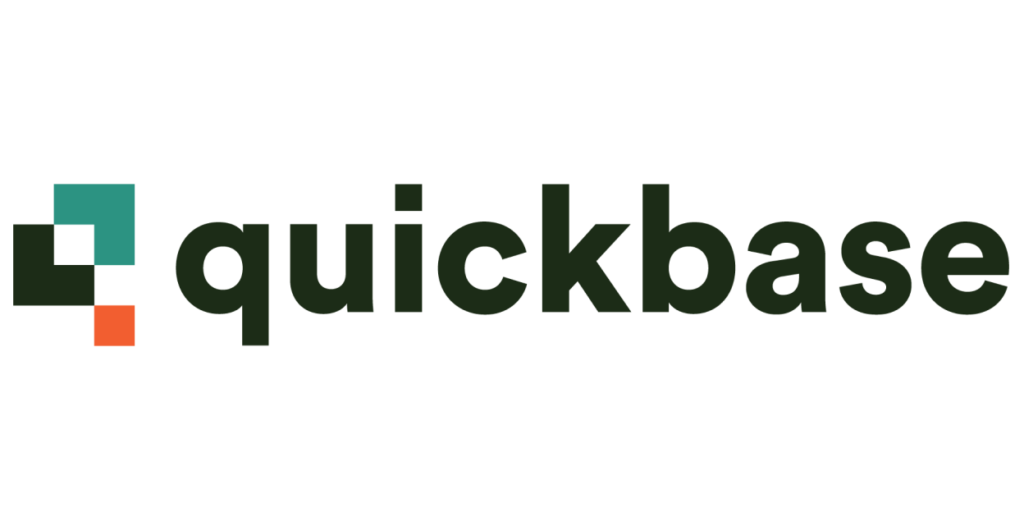
Quickbase’s platform is based on a visual modeling approach. Quickbase provides a wide range of pre-built connectors and templates that allow you to create applications quickly. The platform also offers a drag-and-drop interface that makes it easy to create workflows and processes. Quickbase is suitable for small and medium-sized businesses.
7. Zoho Creator

With Zoho Creator, you’ll be able to create mobile applications for iOS and Android. Create your mobile apps online in the web browser or with an app-like interface on your device, and then publish them so that it’s available on all platforms.
Zoho Creator has been recognized in the Gartner Magic Quadrant for Enterprise Low-Code Application Platforms, 2020. Our platform is powerful and flexible, with over 7 million users worldwide and 6 million apps to help your business grow.
➡️ Also Read: Top Mobile App Ideas for Startups to Launch in 2024
8. Alpha Anywhere

Alpha Anywhere enables enterprises to develop applications quickly and efficiently. Alpha Anywhere’s platform is based on a model-driven approach.
9. Microsoft PowerApps
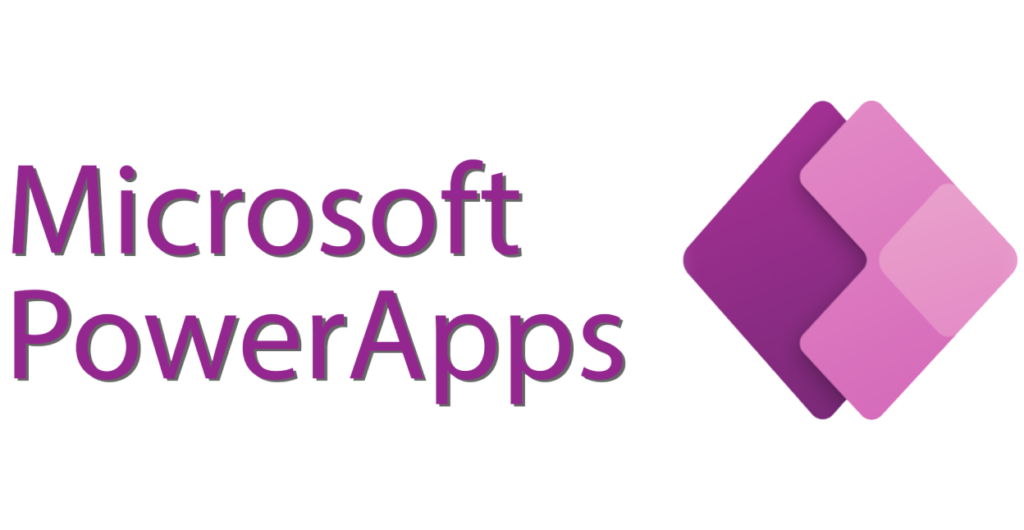
Microsoft PowerApps stands as the platform for creating the apps. Hire Full-Stack Developers will be able to add more features with professionally-developed extensions.
If you need a place to store data, look no further than Microsoft Dataverse. If you want to model processes and business logic, Dataverse has the diversity and size that will suit any need. Rapidly assemble solutions with custom connectors, having access to a growing library of them.
10. Nintex

Nintex provides low-code platforms for process automation and workflow management. Bringing automation to your business can help foster growth, and Nintex helps accelerate digital transformation in your organization by providing these helpful tools. 10,000 organizations have reported a positive ROI by using Nintex.
11. Integrate.io

With Integrate.io, you’ll be able to transform data without any technical knowledge at all. You can do this in just a few clicks, giving you the freedom to start using the platform as soon as you sign up. Plus, we have integrations that are pre-built and customizable so you’re not reinventing the wheel every time. With its simplicity and variety, we’ll help you build awesome pipelines for both small businesses and tech-savvy developers alike.
Integrate.io lets you extract and visualize data from a variety of sources, so it’s easier to create reports, charts, and other information tools. This can be very useful when you’re trying to show how sales trend over time or what your return rates are like.

What are the Benefits of Low-Code Development?
There are many benefits of low-code development platforms. They allow businesses to develop applications quickly and efficiently without the need for expensive and time-consuming traditional software development processes. Low-code development platforms also make it easy to create custom applications without the need for coding knowledge, making them ideal for businesses that want to create unique applications without the investment of time and money required for traditional software development.
Some of the key benefits of using a low-code development platform include:
- Increased Efficiency: Low-code development platforms allow businesses to develop applications much faster than traditional methods. This is because they require less code and can be easily configured to meet specific business needs. As a result, businesses can save time and money by using a low-code platform to develop their applications.
- Reduced Costs: Low-code development platforms can help businesses save money as they typically require less investment than traditional software development approaches. Additionally, low-code platforms often come with licensing fees that are lower than those associated with traditional software development tools.
- Increased Flexibility: Low-code development platforms offer businesses increased flexibility as they can be easily customized to meet changing business needs. Additionally, new features and functionality can be added quickly and easily, without the need for extensive coding or redevelopment.
- Improved Quality: Low-code development platforms often include built-in quality assurance features that help ensure that developed applications are error-free and meet all business requirements. This can save businesses both time.
➡️ Also Check: API Development & Integration : How to Develop an API from Scratch
Advantages and Disadvantages of Low-Code Development
When it comes to low-code development platforms, there are both advantages and disadvantages that need to be considered. On the plus side, low-code development can save time and money by allowing for quicker development cycles. Additionally, low-code platforms can make it easier for non-technical users to create applications without needing to write code.
However, there are also some potential downsides to using a low-code platform. One concern is that applications created with low code may not be as scalable or robust as those created with traditional coding methods. Additionally, because low-code platforms abstract away many of the details of application development, users may have less control over the final product and may be more reliant on the platform vendor for support and updates.
Overall, whether or not a low-code platform is right for you will depend on your specific needs and requirements. If you need to develop an application quickly and don’t have the resources to invest in traditional coding methods, then a low-code platform could be a good option. However, if you need an enterprise-grade application with maximum flexibility and control, then you may want to stick with traditional coding methods.
How to Use Low-Code Development Platforms for Your Project?
The use of low-code platforms is gaining popularity in the business world as a way to quickly develop applications without the need for extensive coding knowledge. Low-code platforms provide a visual drag-and-drop interface that makes it easy to create simple or complex applications without writing code.
There are many different low-code platforms available, each with its own unique features and capabilities. When choosing a low-code platform for your business, it’s important to consider your specific needs and requirements. Some factors to keep in mind include the types of applications you want to develop, the level of complexity needed, and whether you want to host the platform on-premises or in the cloud.
Once you’ve selected a low-code platform, you’ll need to decide how you want to use it. You can use a low-code platform to Cost to Develop Custom Applications from scratch, or you can use it to automate existing processes and workflows. You can also use a low-code platform to create prototypes or mockups of applications before investing in full development.
No matter how you choose to use a low-code platform, it can be an invaluable tool for streamlining iOS Application Development and reducing costs. If you’re not sure where to start, our team of experts can help you select the best low-code platform for your business needs.

Frequently Asked Questions (FAQ’s)
1. What is a Low-code Development Platform?
Ans: A low-code development platform is a type of software that allows users to create applications without needing to write code. Instead, the platform provides a visual drag-and-drop interface that simplifies the process of creating an app.
2. Who can Use a Low-code Development Platform?
Ans: Anyone can use a low-code development platform, regardless of their coding ability. The platforms are designed to be user-friendly and require no prior coding knowledge.
3. What’s the Difference Between Low-code and No-code?
Ans: Low code is a next-gen rapid application development tool designed to be quick and easy for developers, whereas no code is a self-service tool for business users. Low code offers fast development speeds, whereas no code simplifies the process of getting an app up and running quickly.
4. What is a Low-code Development Environment?
Ans: When developing applications with a low code development environment, you can empower developer personas to work together seamlessly. Developers can create amazing mobile and web applications by dragging and dropping application components from the library.
5. what is a Low-code Application Platform?
Ans: Low-code applications, better known as apps, are computer programs that require little or no coding.
Low code application development is an intuitive visual software development environment that offers a wide range of benefits which include providing a simple and intuitive interface, abstracting the code involved in application design and development, and helping to quicken the time to market.
6. Can Low-code Replace High-level Developers?
Ans: While low code development can’t replace developers, it provides the ability to empower your IT team with application development support. This helps them focus their energy on value-add tasks.
Conclusion
In conclusion, the best low-code development platforms on this list are some of the best in the market and should be considered if you’re looking to get into low-code development. Each platform has its own strengths and weaknesses, so make sure to choose the one that best suits your needs.


